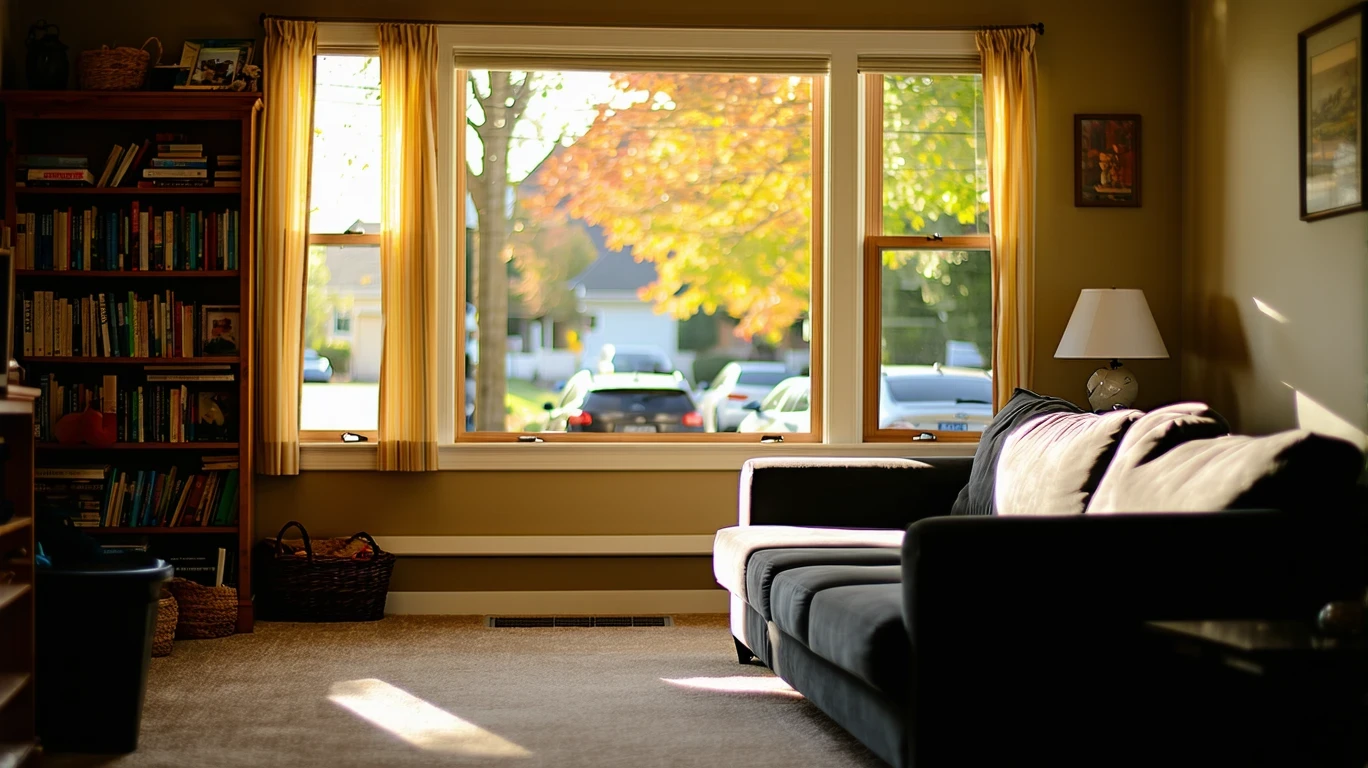Eagan is considered moderately expensive in 2025, with average rent for a 2-bedroom apartment at $1,950 and slightly higher grocery costs compared to the national average.
In 2025, the median gross monthly income needed for a comfortable lifestyle in Eagan, MN is around $5,100 for a couple or small family. Let’s break down the key expenses that shape the cost of living in this Twin Cities suburb.

Housing Costs in Eagan
Housing is the biggest factor in Eagan’s cost of living. Typical housing options include single-family homes, townhouses, and apartments. Prices vary by neighborhood, with more affordable options in older areas and higher costs in newer developments.
Renting a 2-bedroom apartment in Eagan ranges from $1,700 to $2,200 per month, with an average of $1,950. Buying a 3-bedroom house typically costs between $450,000 and $650,000. Some key neighborhood differences:
- Lexington-Diffley: Older homes, lower prices, average 2BR rent $1,750
- Cedarvale: Mix of housing types, moderate prices, average 2BR rent $1,900
- Wilderness Run: Newer construction, higher prices, average 2BR rent $2,100
About 30% of Eagan neighborhoods have homeowners associations (HOAs), adding $200-400 to monthly housing costs for many residents.
Utilities and Energy Bills
Basic utility costs in Eagan are slightly higher than the national average. Expect to pay around $180 per month for electricity, gas, water, and trash for a 2-bedroom apartment. Larger homes may see bills closer to $300 monthly.
Eagan experiences cold winters and warm summers. Heating costs spike from November through March, while cooling costs are highest in July and August. Budget an extra $50-100 per month during peak seasons.
Groceries and Daily Expenses
Grocery prices in Eagan are about 10% higher than the U.S. average. A single person spends around $350-400 per month on groceries, while a couple or small family should budget $800-1,000.
For context, a gallon of milk costs $4.20, a dozen eggs are $3.00, and a pound of chicken breast averages $4.50. Dining out adds up quickly, with a basic restaurant meal around $15 per person and fancier options $30+.
Taxes and Hidden Fees
Eagan’s property tax rate is 1.2%, slightly lower than other Twin Cities suburbs. For a $500,000 home, annual property taxes would be approximately $6,000 or $500 per month.
Minnesota has a 6.875% sales tax, and Dakota County adds a 0.25% local tax, for a total of 7.125% on most purchases. Vehicle registration fees are $20-30 annually, plus additional taxes based on value.
Monthly Cost Summary
| Expense | Single Person | Couple | Family of 4 |
|---|---|---|---|
| Housing (rent/mortgage) | $1,300 | $1,950 | $2,400 |
| Utilities | $150 | $200 | $300 |
| Groceries & dining | $400 | $900 | $1,200 |
| Transportation | $200 | $400 | $600 |
| Healthcare | $300 | $600 | $1,000 |
| Other (entertainment, clothes, etc.) | $350 | $700 | $1,000 |
| Total Monthly Expenses (pre-tax) | $2,700 | $4,750 | $6,500 |
Note that these figures are averages and will vary based on individual lifestyle and circumstances. To live comfortably, aim for a gross monthly income (pre-tax) of at least $3,200 for a single person, $5,100 for a couple, or $7,000+ for a family.
Lifestyle Considerations
When evaluating Eagan’s affordability, consider lifestyle factors too. Commute times are reasonable, with most residents traveling 20-30 minutes to work in Minneapolis, St. Paul, or other suburbs. Public transit options are available but limited.
Eagan offers a mix of older, established neighborhoods and newer developments with modern amenities. Expect to pay more for updated homes or those near top-rated schools and parks. Lot and home sizes are generally larger than in the central cities.
While Eagan’s overall cost of living is higher than the national average, many residents feel the tradeoff is worth it for the strong job market, great schools, abundant parks and trails, and easy airport access. Budgeting carefully and planning ahead is key to living comfortably in this desirable suburb.
Frequently Asked Questions
- Is Eagan more expensive than other Twin Cities suburbs?
Eagan’s cost of living is similar to other second-ring suburbs like Apple Valley and Burnsville. Inner-ring suburbs tend to be pricier. - How much do I need to earn to live comfortably in Eagan?
Aim for a gross monthly income (pre-tax) of at least $3,200 for a single person, $5,100 for a couple, or $7,000+ for a family of four. - Are heating costs high in Eagan?
Winters are cold, so heating bills do spike from November through March. Budget an extra $50-100 per month to account for seasonal costs. - What’s the sales tax rate in Eagan?
The total sales tax in Eagan is 7.125%, which includes the 6.875% state tax and a 0.25% Dakota County tax. - Is Eagan an affordable place to buy a home?
Home prices in Eagan are higher than the national average, but generally in line with the Twin Cities metro. Expect to pay $450,000-650,000 for a typical 3-bedroom house. - What’s the average commute time in Eagan?
Most Eagan residents have a 20-30 minute drive to work in Minneapolis, St. Paul, or other suburbs. Public transit is available but more limited than in the central cities.
